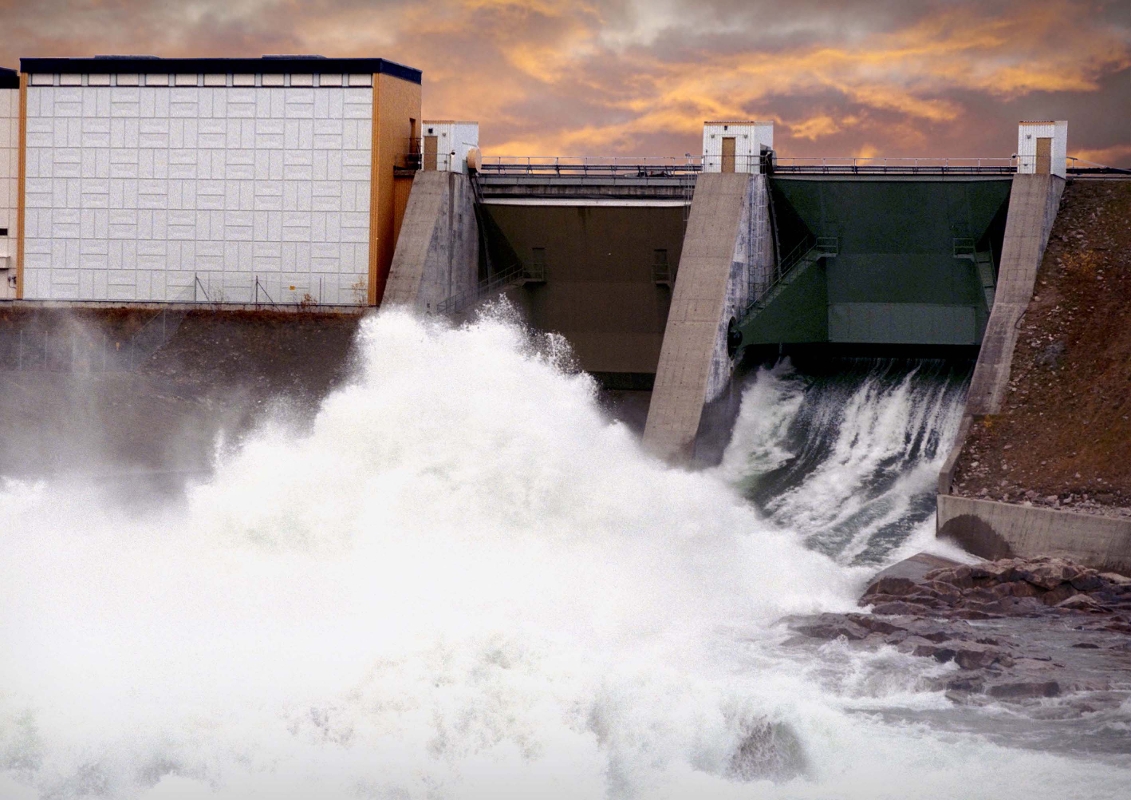Porjus
Facts
Water information

In 1910, Sweden’s first hydro power plant, Olidan, which is situated on the river Göta älv, started supplying power to industry and the railway. This paved the way for the development of the river Lule älv and the construction of Porjus power plant. Until that time, people had been very sceptical about electricity. It was not until the problems associated with transporting electricity over long distances without major losses were solved that interest in electricity increased.
Work on the construction of Porjus power plant started in 1910. In 1915, King Gustaf V officially declared Porjus power plant open by telephone because his advisers deemed it unsafe to undertake such a long journey during war time. Porjus quickly became a hub in an industrial Sweden which was consuming ever more energy. When the power plant was officially opened, there were already 20 hydro power plants all over Sweden, but Porjus attracted a great deal of attention, due to its location and its construction technology, which was highly advanced for its day.
The power plant is located below ground, on a site blasted out of the rock. Between 1920 and 1960, the number of turbines in the old power plant increased to nine units. The turbines still function but are not used for normal operations. Two of the old units have been converted into research units and are used to test new technology and equipment.
New power plant
A new power plant with two new units was built between 1971 and 1975.
All the new transformers were built below ground, so a new building was not required. The old building, however, remains as an impressive monument and visitor centre. The old dam has been replaced with a stone-filled dam with an impervious core of moraine. It was built immediately downstream of the old dam, and has two new spillways which are closed using segment gates.
The river Lule älv
Around 40% of all energy consumed in Sweden is generated from hydro power. The river Lule älv, on which Porjus is located, is the most important river in Sweden for the generation of hydro power.

